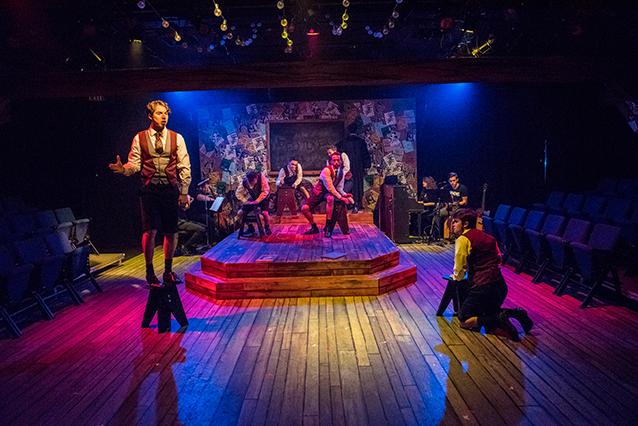
Let’s suppose that we have a projector that outputs 4000 lumens. Let’s look at a single projector illuminating a big screen upstage.
Shrink the size of your projected area down and fill in around it with traditional scenery, or gobos, or shadows, or some combination of these.  Use multiple projectors tiled together to fill the cyc. Use a regular projector and light your stage carefully, almost like a dance concert. If your goal is to create a background, here is a toolbox of things you can do to boost the visibility and quality of your projected media. The more you spread the light of your image around, the weaker it all becomes. You might not want, by default, to fill your entire cyclorama with one projector. Do not forget how part I of this article started: spreading butter on toast. The cyclorama is a very powerful and useful place to put projected images. Let’s start there, though, because that is the most prominent way that they tend to be used. An important thing to consider is that this is just one of many ways that you can use projections on stage. It is easy to think of projections as being just the background behind the set.
Use multiple projectors tiled together to fill the cyc. Use a regular projector and light your stage carefully, almost like a dance concert. If your goal is to create a background, here is a toolbox of things you can do to boost the visibility and quality of your projected media. The more you spread the light of your image around, the weaker it all becomes. You might not want, by default, to fill your entire cyclorama with one projector. Do not forget how part I of this article started: spreading butter on toast. The cyclorama is a very powerful and useful place to put projected images. Let’s start there, though, because that is the most prominent way that they tend to be used. An important thing to consider is that this is just one of many ways that you can use projections on stage. It is easy to think of projections as being just the background behind the set. 
The first part is Projections on Stage Part I: How do I make them brighter?








